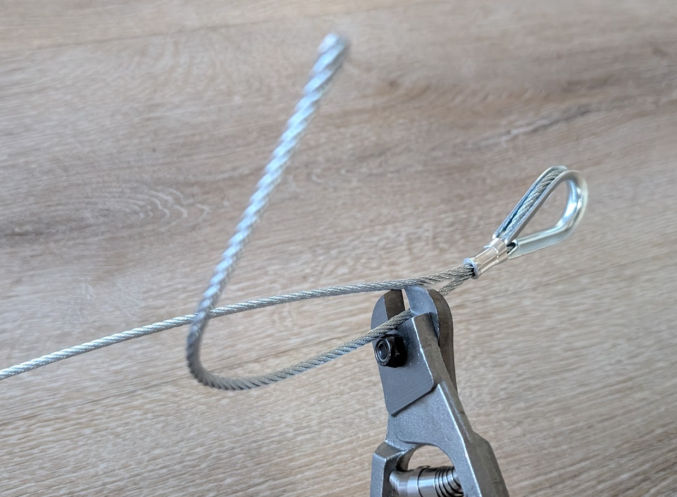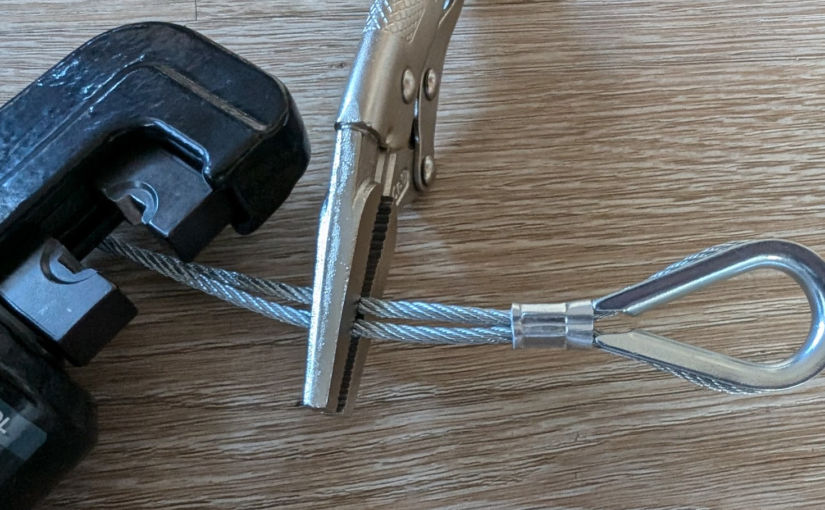If you need to create a very strong and long-lasting loop at the end of a rope, the best practice is to use a thimble along with a fastener. The faster can be a ferrule or rope clamp.



Wire rope is preferred because it is much stronger than non-wire rope like nylon, polypropylene, paracord, etc.
The benefit of a rope clamp is you can unlock the clamp and reuse the rope for something else. Also, you just need pliers to tighten the clamp nuts. The benefit of a ferrule is its small size and permanent nature. However, you would need a special crimping tool. Ideally, you would use a hydraulic crimping tool.

One tricky part when creating such a loop is getting the thimble to be snug and tight. Following is one way to do it, which worked for me.
First, make sure you use a thimble that is the right size for the wire rope you are using. In the example below, the wire rope is 1/8′ thick, so the thimble is for that size rope. If you use a smaller thimble, I found it harder to get the thimble tight and snug.
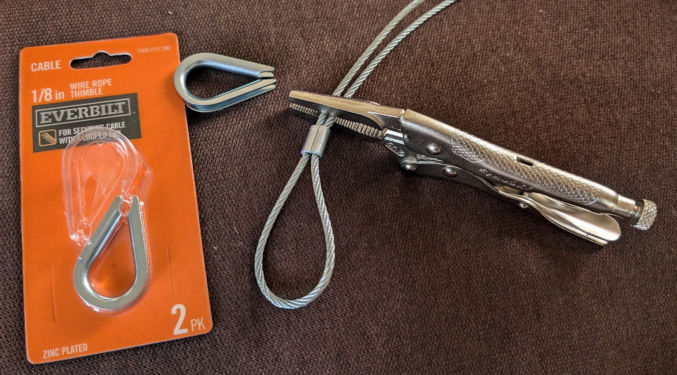
Slide the rope through the ferrule to create a loop. Then, clamp the rope using locking pliers as shown above.
Next, insert the thimble and pull the ferrule toward the thimble until it touches the thimble. If you are having difficulty making the ferrule and thimble stay touching each other, try making the short end of the rope longer.
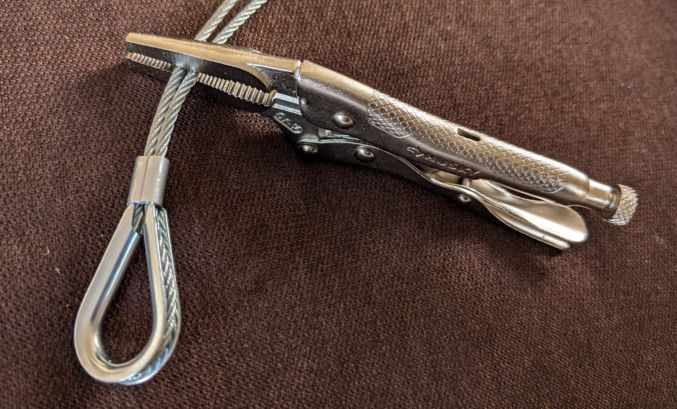
Insert the correct size die for the ferrule in the crimping tool, then insert the ferrule in between the dies within the tool to clamp it. Follow the instructions to clamp the ferrule. Before clamping, ensure the thimble and ferrule are still touching each other for a permanently tight fit.
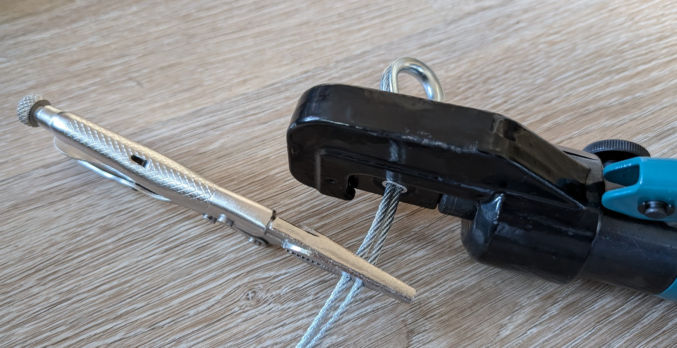
Clamp down multiple times as hard as you can. When do, turn off the hydraulic crimper to release the clamp.
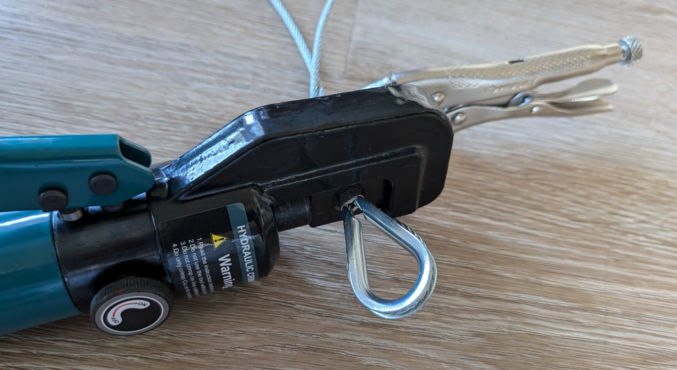
You’ll see that the crimping crimped the ferrule, creating a permanent clamp.
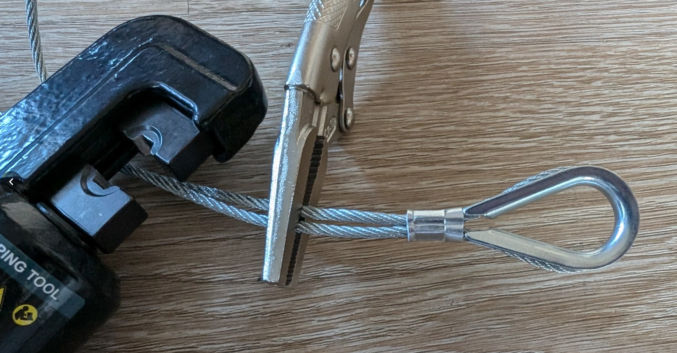
Trim excess wire rope using a wire rope cutter.
